Wise Management or Mismatch? Lessons from Japan
Abstract
:1. Introduction
- Be an internationally important wetland.
- The natural environment will be preserved in the future under Japanese laws such as the Natural Parks Act, the Wildlife Protection and Hunting Law, and the Law for the Conservation of Endangered Species of Wild Fauna and Flora.
- Gain the consent and support of local communities.
- The Natural Park Act.
- The Wildlife Protection Act.
- The Act for the Conservation of Endangered Species of Wild Fauna and Flora.
- The River Act.
2. Materials and Methods
2.1. Study Site
2.2. Assessment Methodology
3. Results
3.1. Water-Animal-Vegetation-Related Results
3.2. Burning-Related Results
3.3. Public-Related Results
4. Discussion
5. Conclusions
- The use of existing domestic laws for the Ramsar wetland registration did not lead to new strategies for the conservation and wise use of the Watarase wetland.
- The management of water regimes in the wetland is still flood-oriented, without sufficient consideration of bird habitats. The water level drawdown operation may also lead to mass fish deaths as it can cause oversaturation and high alkalinity, which are harmful to fish.
- The reed burning practice is effective in maintaining the plant structure in the wetland but controversial from different perspectives because it did not sufficiently consider its impact on air quality and totally ignored the issue of heavy metal in the ash.
- The burning-induced change in heavy metal concentration in soil is both metal and depth dependent. The concentration of Cd in both surface and deep soils increased by about 200% after burning. The concentrations of Cu and Pb in the surface soil decreased by approximately 30% but increased by 3 to 5 folds in the soil 30 cm below the surface after burning.
- In the ash resulting from reed burning, the concentration of Pb is highest. Further studies are needed for generalization.
- The public’s involvement in managing the wetland should be further promoted.
Author Contributions
Funding
Institutional Review Board Statement
Informed Consent Statement
Acknowledgments
Conflicts of Interest
References
- GSI. Available online: https://www.gsi.go.jp/kankyochiri/shicchimenseki2.html (accessed on 1 February 2022).
- Wetland International. Available online: https://www.wetlands.org/wetlands/ramsar-convention/ (accessed on 1 January 2022).
- Ministry of the Environment Government of Japan. Available online: https://www.env.go.jp/nature/ramsar/conv/ (accessed on 1 February 2022).
- Japan Federation of Bar Associations. Available online: https://www.nichibenren.or.jp/document/civil_liberties/year/2002/2002_1.html (accessed on 1 January 2022).
- Huang, G.; Fu, Y.; Xue, H.; Li, H. A Century-Long Ex-Post Evaluation of a Countermeasure for a Serious Pollution Problem in Japan. Sustainability 2018, 10, 4385. [Google Scholar] [CrossRef] [Green Version]
- Tone River Upstream Office. Available online: https://www.ktr.mlit.go.jp/ktr_content/content/000087905.pdf (accessed on 1 February 2022).
- Tessier, A.; Campbell, P.G.C.; Bisson, M. Sequential extraction procedure for the speciation of particulate trace metals. Anal. Chem. 1979, 51, 844–850. [Google Scholar] [CrossRef]
- Ludwig, J.P.; Auman, H.; Kurita, H.; Ludwig, M.E.; Campbell, L.M.; Giesy, J.P.; Tillitt, D.E.; Jones, P.; Yamashita, N.; Tanabe, S.; et al. Caspian Tern Reproduction in the Saginaw Bay Ecosystem Following a 100-Year Flood Event. J. Great Lakes Res. 1993, 19, 96–108. [Google Scholar] [CrossRef]
- Shimada, T.; Bowman, A.; Ishida, M. Effects of flooding on a wetland bird community. Ecol Res. 2000, 15, 229–235. [Google Scholar] [CrossRef]
- Yamaguchi, Y.; Kimura, Y.; Yoshida, K.; Ichikawa, Y.; Hitomi, J. Report on Birds Banded at Watarase Marsh, Tochigi Prefecture in 2020-The effects of flooding Watarase Marsh in October 2019 on birds. Accipiter 2020, 26, 5–15. [Google Scholar]
- Edenius, L.; Choi, C.-Y.; Heim, W.; Jaakkonen, T.; DE Jong, A.; Ozaki, K.; Roberge, J.-M. The next common and widespread bunting to go? Global population decline in the Rustic Bunting Emberiza rustica. Bird Conserv. Int. 2017, 27, 35–44. [Google Scholar] [CrossRef] [Green Version]
- Baron, J.S.; Poff, N.L.; Angermeier, P.L.; Dahm, C.N.; Gleick, P.H.; Hairston, N.G.J.; Jackson, R.B.; Johnston, C.A.; Richter, B.D.; Steinman, A. Meeting Ecological and Societal Needs for Freshwater. Ecol. Appl. 2002, 12, 1247–1260. [Google Scholar] [CrossRef]
- Xia, P.; Ma, L.; Yi, Y.; Lin, T. Assessment of heavy metal pollution and exposure risk for migratory birds- A case study of Caohai wetland in Guizhou Plateau (China). Environ. Pollut. 2021, 275, 116564. [Google Scholar] [CrossRef]
- Joshua, G.; Ali, Z.; Ayub, M. Heavy metal contamination in wild avian species inhabiting human-modified habitats. Environ. Monit. Assess. 2021, 193, 588. [Google Scholar] [CrossRef]
- Janssens, E.; Dauwe, T.; Van Duyse, E.; Beernaert, J.; Pinxten, R.; Eens, M. Effects of Heavy Metal Exposure on Aggressive Behavior in a Small Territorial Songbird. Arch. Environ. Contam. Toxicol. 2003, 45, 121–127. [Google Scholar] [CrossRef]
- Rahman, F.; Ismail, A.; Omar, H.; Hussin, M.Z. Exposure of the endangered Milky stork population to cadmium and lead via food and water intake in Kuala Gula Bird Sanctuary, Perak, Malaysia. Toxicol. Rep. 2017, 4, 502–506. [Google Scholar] [CrossRef]
- Loreta, E.; van Veen, H.; Perata, P. Plant responses to flooding stress. Curr. Opin. Plant Biol. 2016, 33, 64–71. [Google Scholar] [CrossRef] [Green Version]
- Zhou, W.; Chen, F.; Meng, Y.; Chandrasekaran, U.; Luo, X.; Yang, W.; Shu, K. Plant waterlogging/flooding stress responses: From seed germination to maturation. Plant Physiol. Biochem. 2020, 148, 228–236. [Google Scholar] [CrossRef] [PubMed]
- Francis Shaxson, F.; Barber, R. Optimizing Soil Moisture for Plant Production. In FAO SOILS BULLETIN 79; FAO: Rome, Italy, 2003. [Google Scholar]
- Eskew, E.A.; Price, S.J.; Dorcas, M.E. Effects of River-Flow Regulation on Anuran Occupancy and Abundance in Riparian Zones. Conserv. Biol. 2012, 26, 504–512. [Google Scholar] [CrossRef] [PubMed]
- Wassens, S.; Maher, M. River regulation influences the composition and distribution of inland frog communities. River Res. Appl. 2011, 27, 238–246. [Google Scholar] [CrossRef]
- Abdel-Tawwab, M.; Monier, M.N.; Hoseinifar, S.H.; Faggio, C. Fish response to hypoxia stress: Growth, physiological, and immunological biomarkers. Fish Physiol. Biochem. 2019, 45, 997–1013. [Google Scholar] [CrossRef] [PubMed]
- Bouck, G.R. Etiology of gas bubble disease. Trans. Am. Fish. Soc. 1980, 109, 703–707. [Google Scholar] [CrossRef]
- Weitkamp, D.E.; Katz, M. A Review of Dissolved Gas Supersaturation Literature. Trans. Am. Fish. Soc. 1980, 109, 659–702. [Google Scholar] [CrossRef]
- Machova, J.; Faina, R.; Randak, T.; Valentova, O.; Steibach, C.; Kroupova, H.; Svobodova, Z. Fish death caused by gas bubble disease: A case report. Veterinární Med. 2017, 62, 231–237. [Google Scholar] [CrossRef]
- Ponder, F.; Tadros, M.; Loewenstein, E.F. Microbial properties and litter and soil nutrients after two prescribed fires in developing savannas in an upland Missouri Ozark Forest. For. Ecol. Manag. 2009, 257, 755–763. [Google Scholar] [CrossRef]
- Granged, A.J.P.; Jordán, A.; Zavala, L.M.; Muñoz-Rojas, M.; Mataix-Solera, J. Short-term effects of experimental fire for a soil under eucalyptus forest (SE Australia). Geoderma 2011, 167–168, 125–134. [Google Scholar] [CrossRef]
- Tone River Upstream Office. Available online: https://www.mlit.go.jp/river/kankyo/main/kankyou/tashizen/pdf/h29_2_5.pdf (accessed on 1 February 2022).
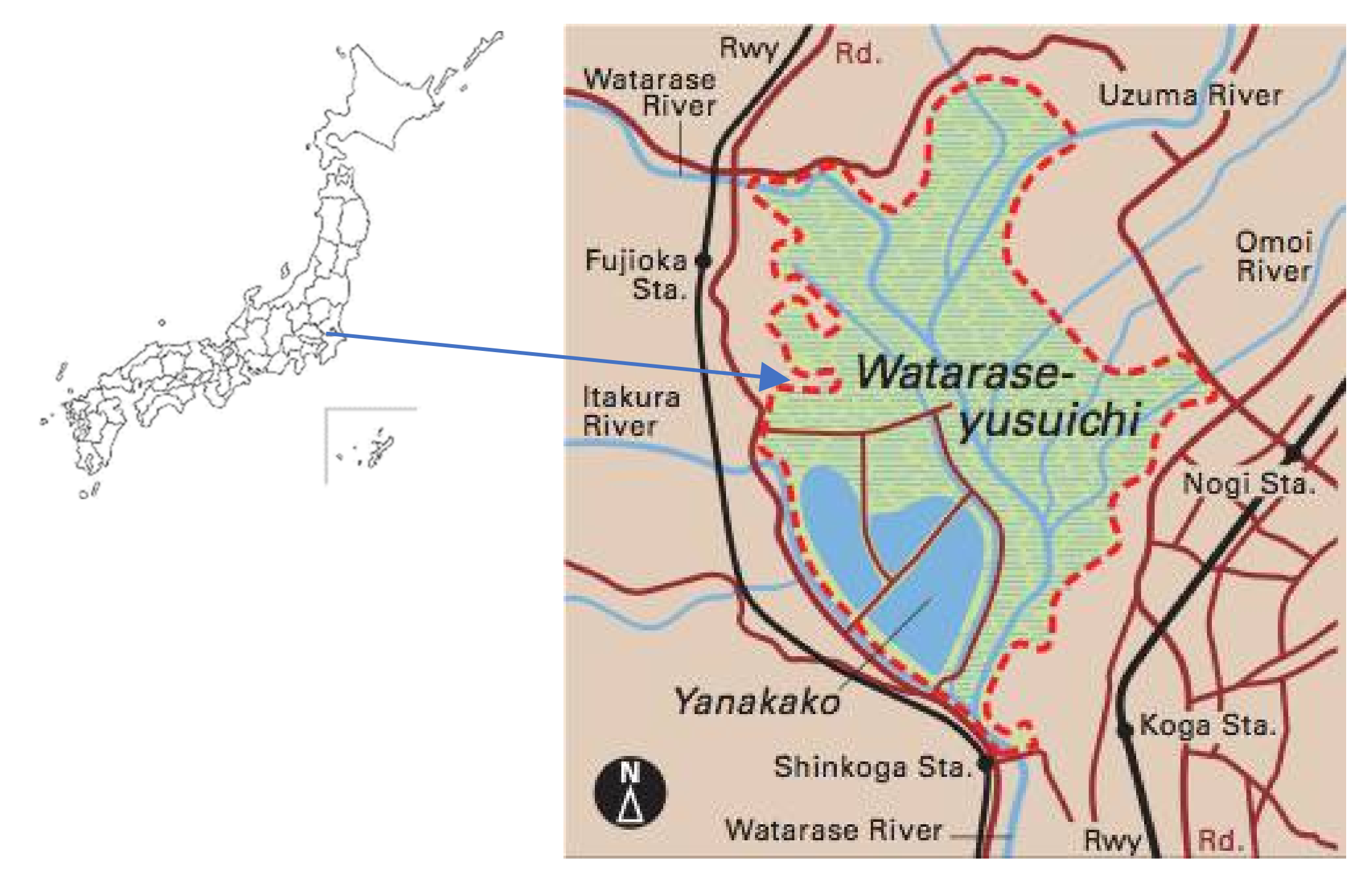
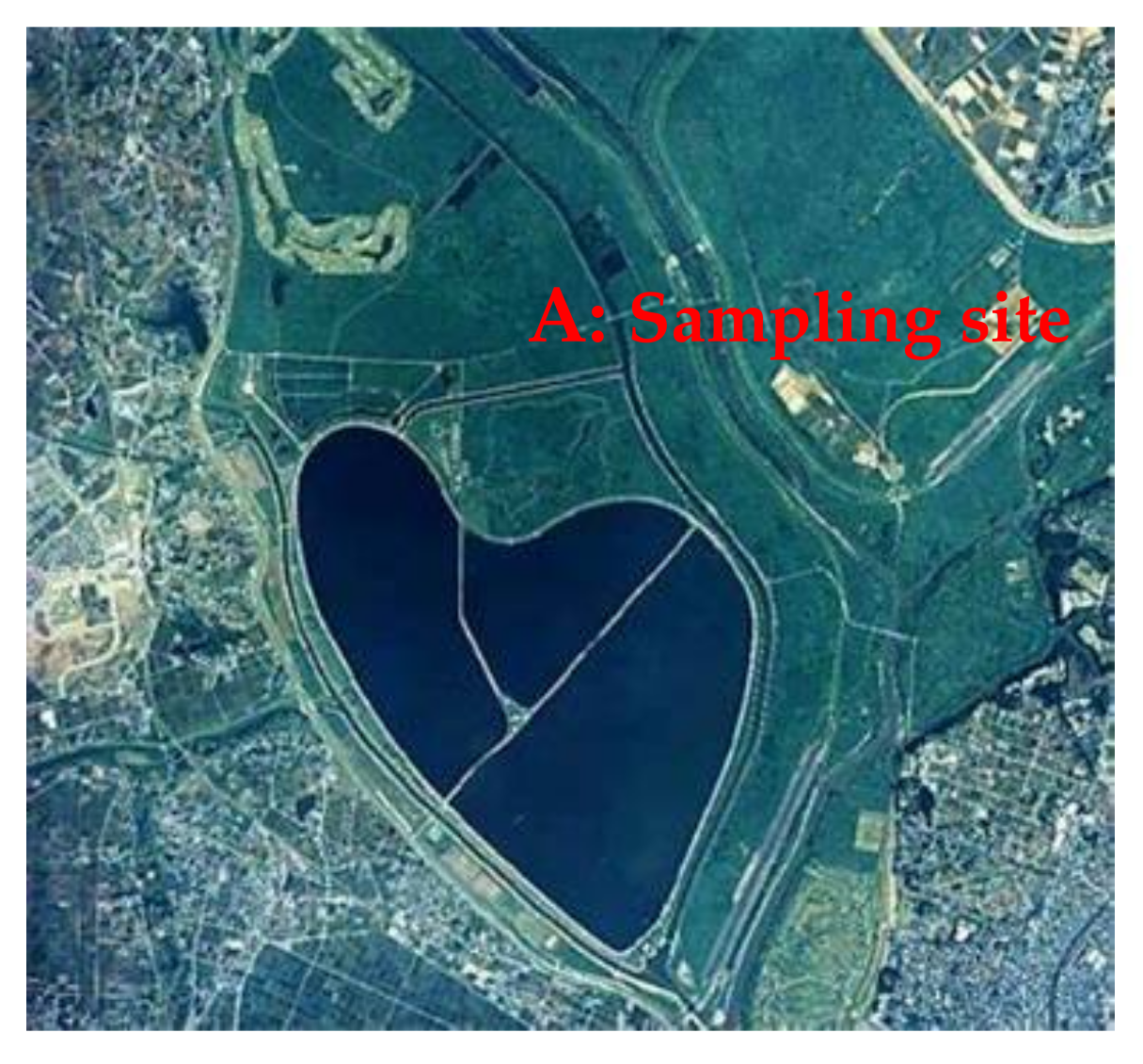
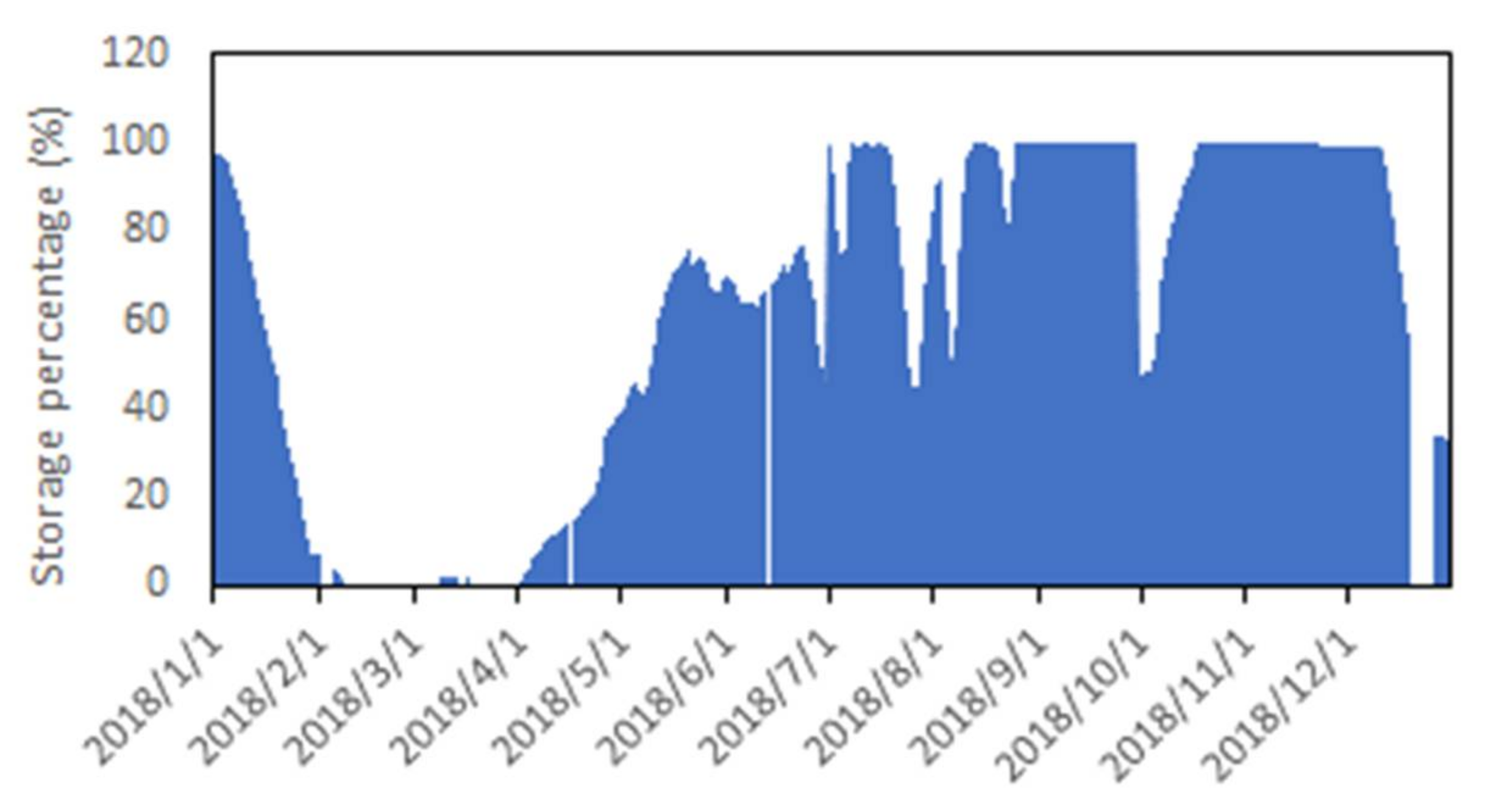

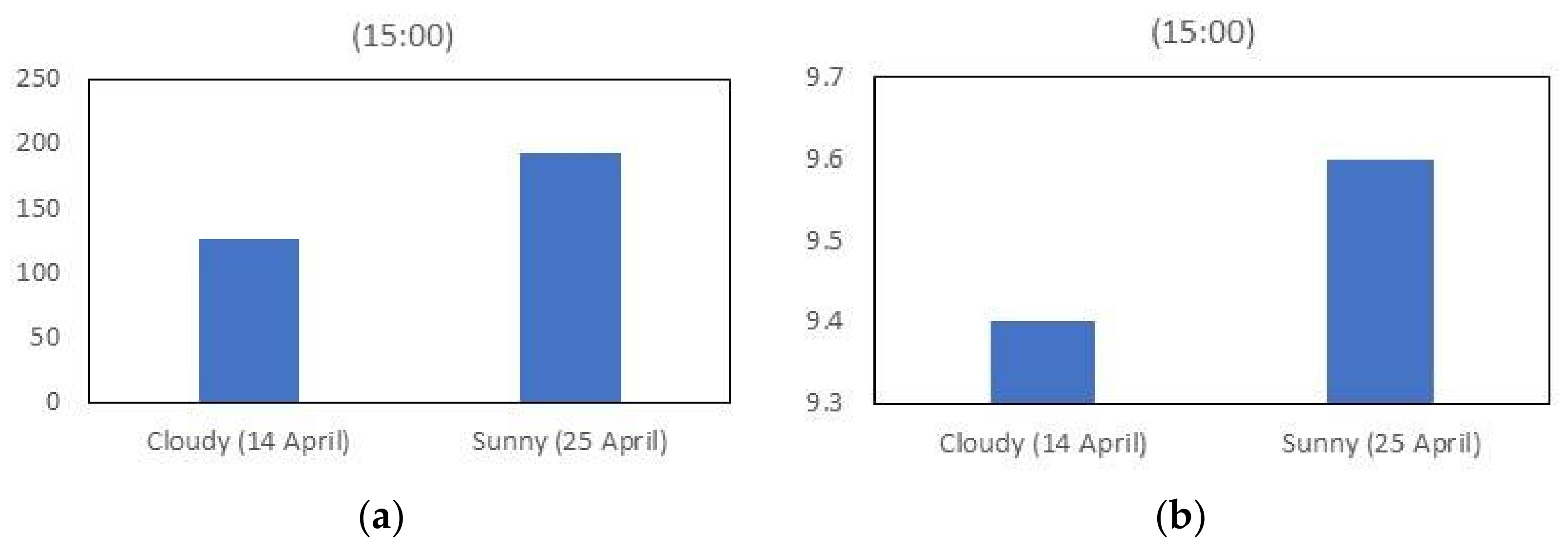

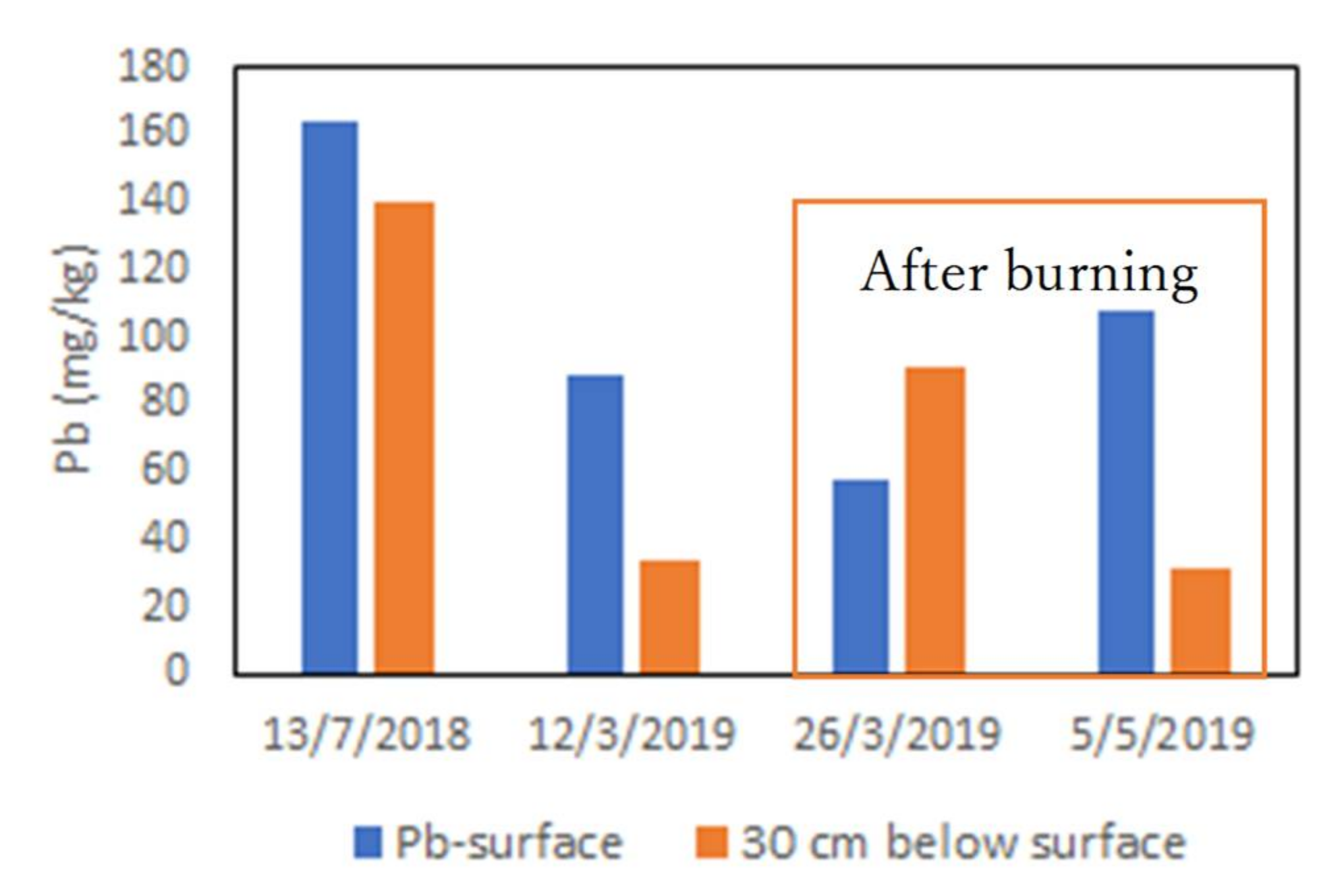
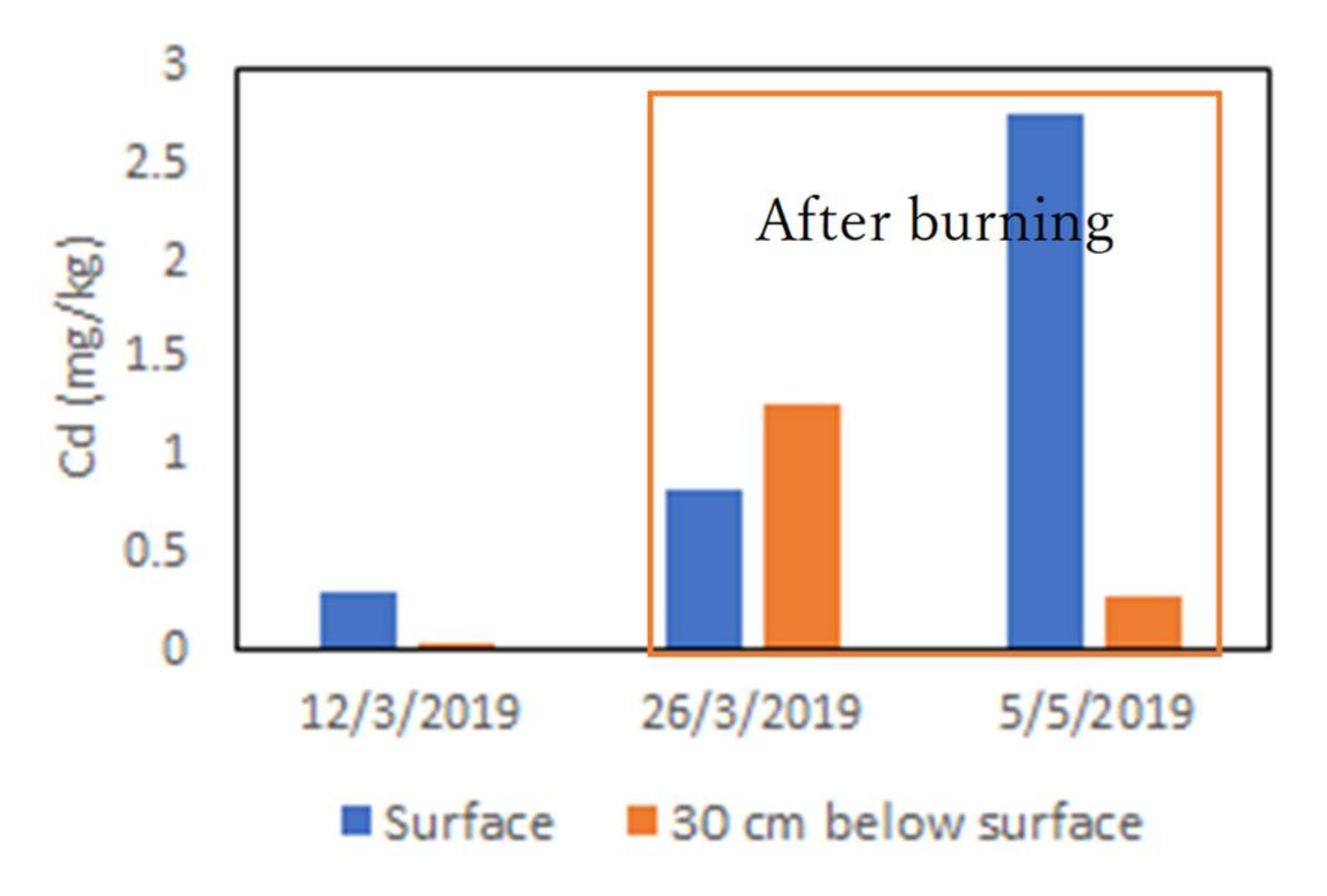
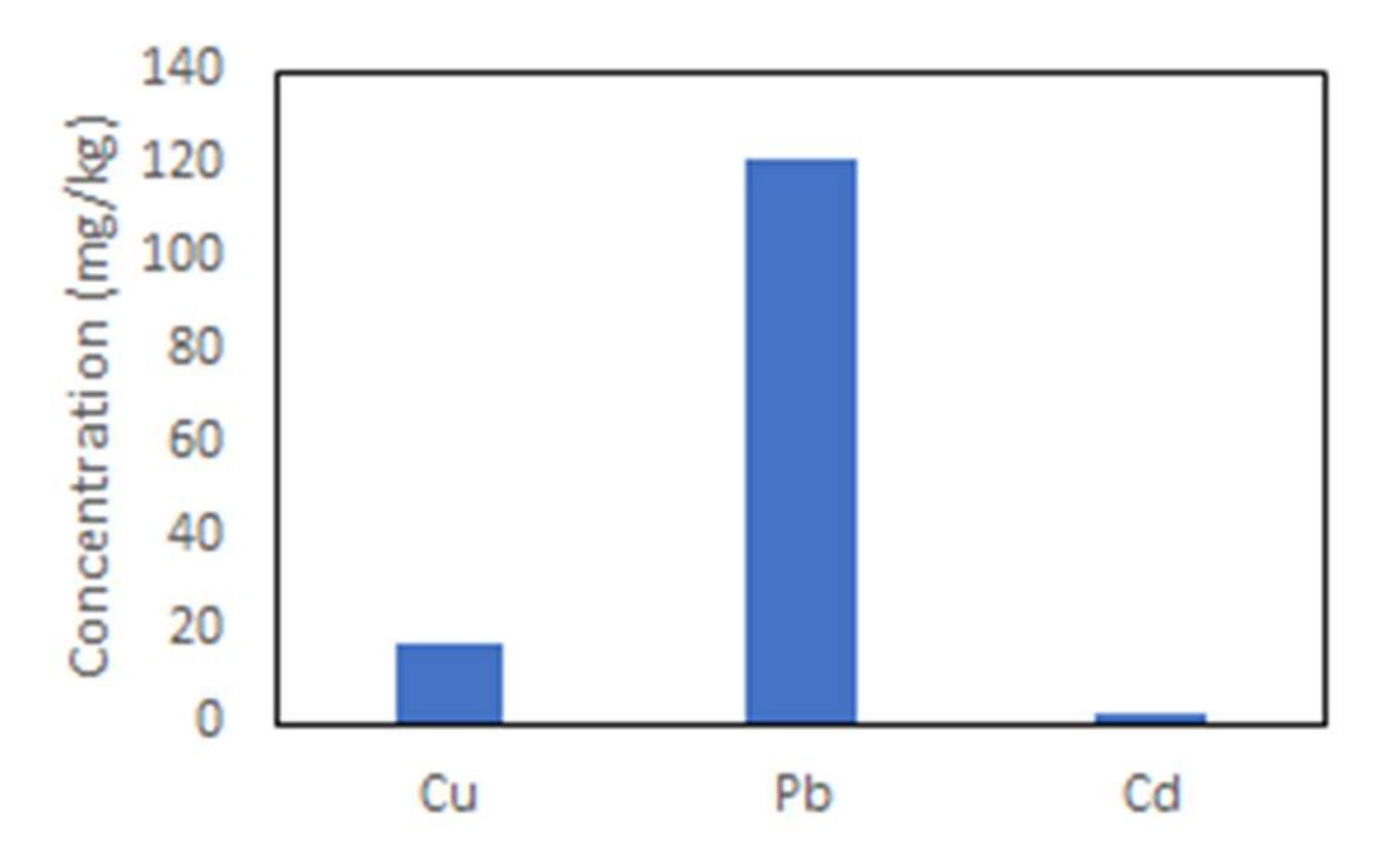
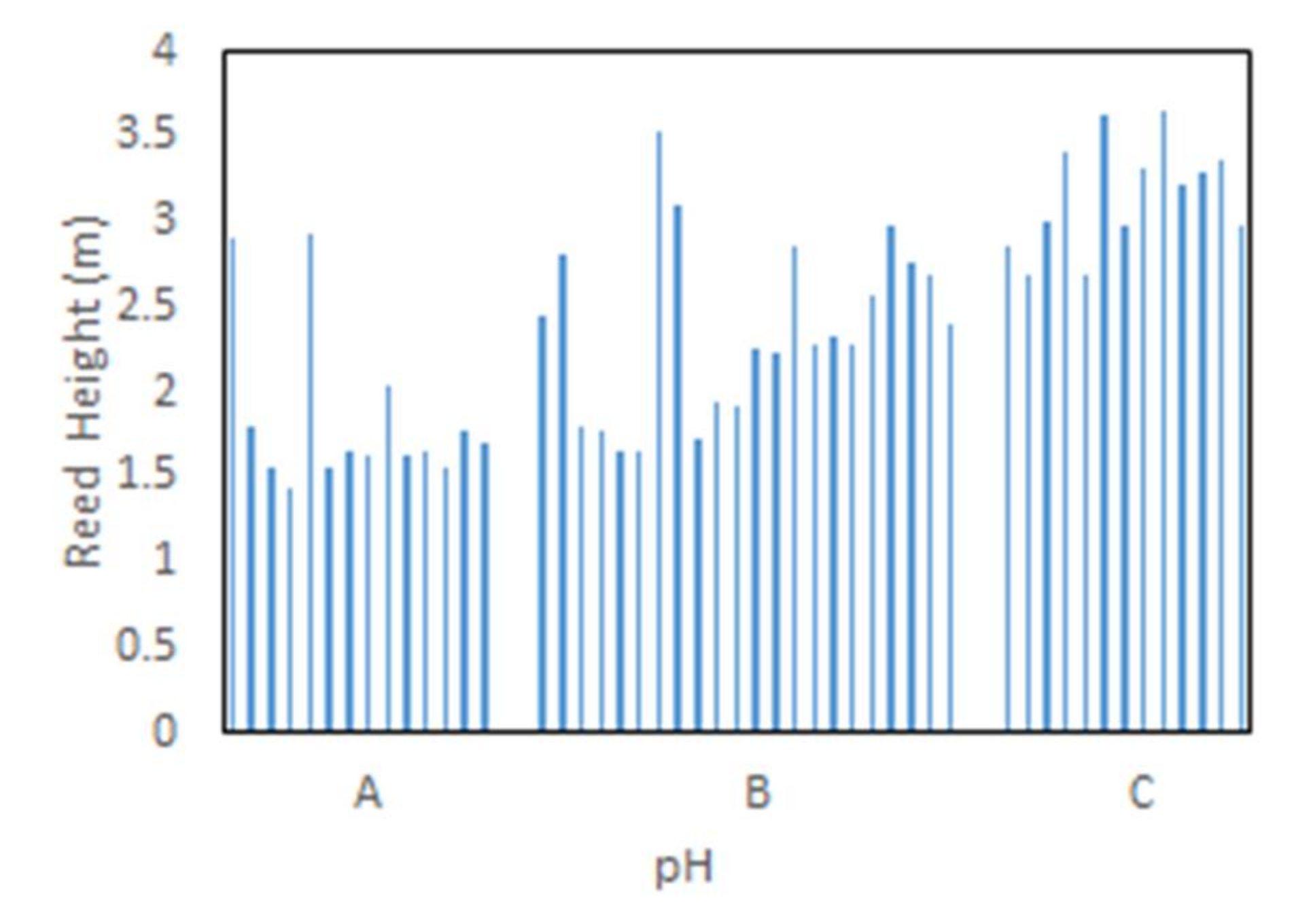
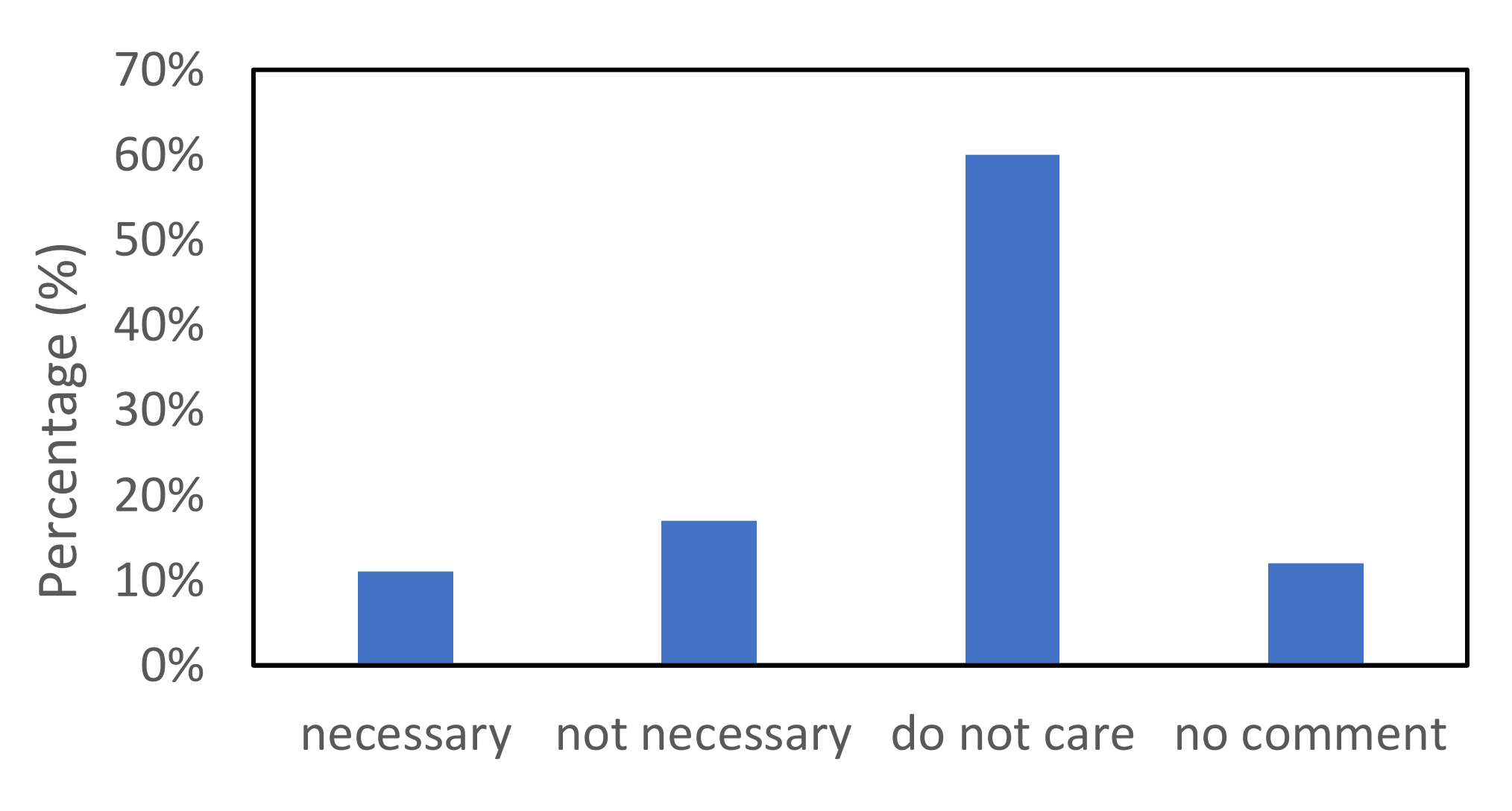
Publisher’s Note: MDPI stays neutral with regard to jurisdictional claims in published maps and institutional affiliations. |
© 2022 by the authors. Licensee MDPI, Basel, Switzerland. This article is an open access article distributed under the terms and conditions of the Creative Commons Attribution (CC BY) license (https://creativecommons.org/licenses/by/4.0/).
Share and Cite
Huang, G.; Chen, S.; Wang, J. Wise Management or Mismatch? Lessons from Japan. Resources 2022, 11, 73. https://doi.org/10.3390/resources11080073
Huang G, Chen S, Wang J. Wise Management or Mismatch? Lessons from Japan. Resources. 2022; 11(8):73. https://doi.org/10.3390/resources11080073
Chicago/Turabian StyleHuang, Guangwei, Shiwen Chen, and Jia Wang. 2022. "Wise Management or Mismatch? Lessons from Japan" Resources 11, no. 8: 73. https://doi.org/10.3390/resources11080073
APA StyleHuang, G., Chen, S., & Wang, J. (2022). Wise Management or Mismatch? Lessons from Japan. Resources, 11(8), 73. https://doi.org/10.3390/resources11080073





